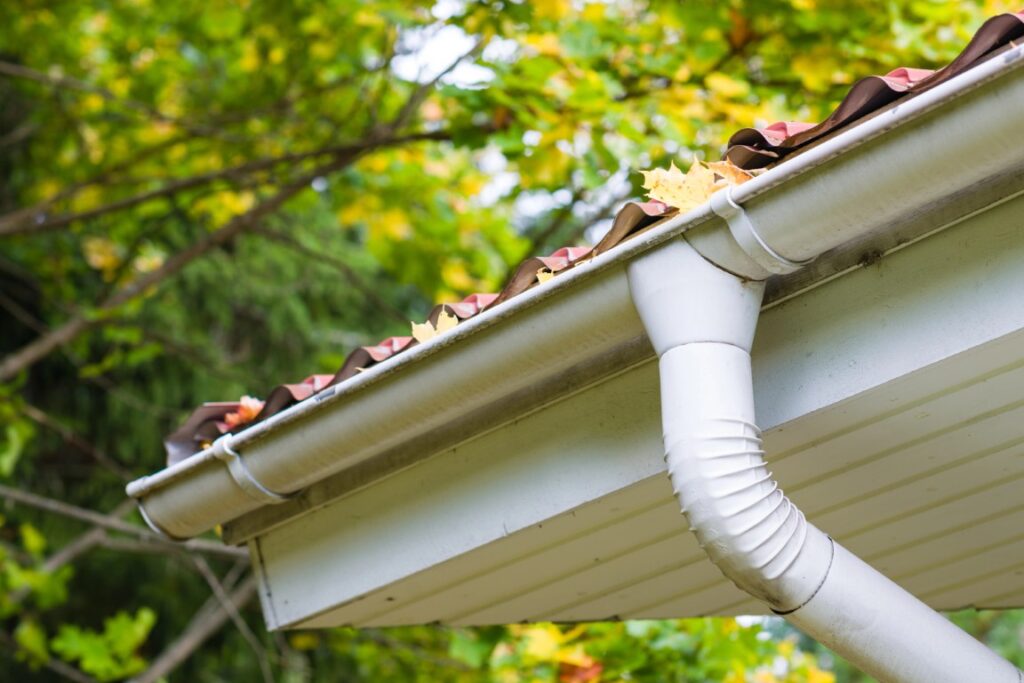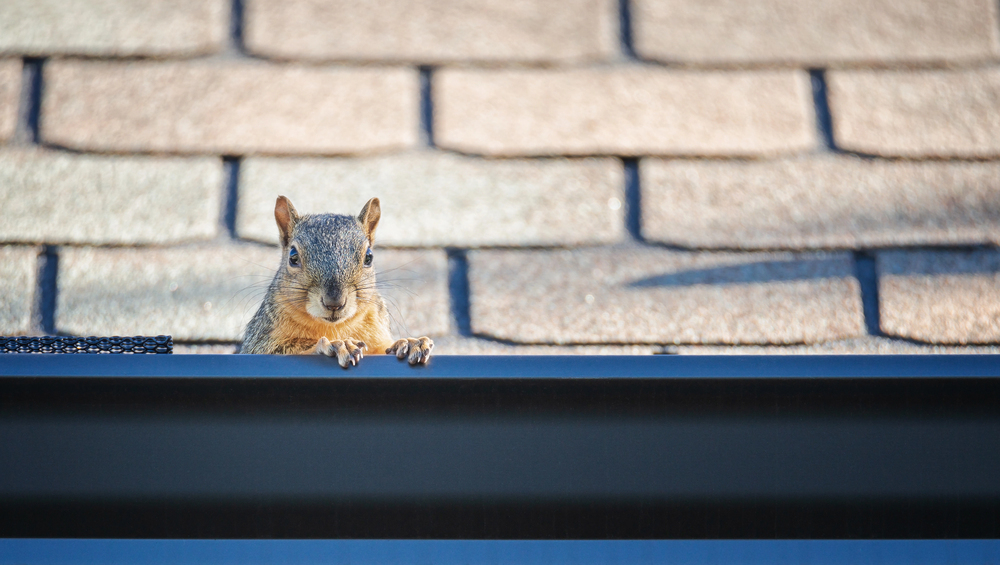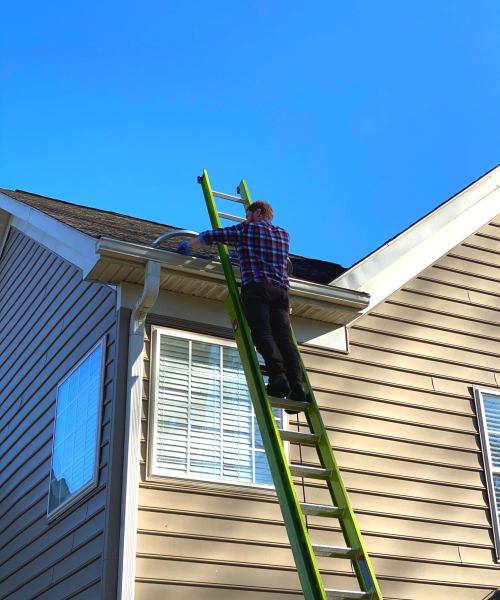When spring cleaning comes around, it’s important to get to all parts of your home. But have you added spring gutter cleaning to your list?
This is an often neglected area that is no less important than other parts of your home. In this blog, we will share common gutter problems and what to do to take care of them.

Why Spring Gutter Cleaning Matters
Not only does routine cleaning improve curb appeal, but it helps to catch any potential problems early on so they don’t get worse. Especially gutters, which are your home’s first line of defense against water damage, need to be properly tended to.
Clogged gutters tend to prevent rainwater from flowing, meaning it can pool and damage your house. Soil erosion around the foundation, basement flooding, and roof leaks can result from dirty gutters. Planning for spring gutter cleaning ensures they’re ready for the increased rainfall and helps to extend their lifespan.
1. Inspect Your Gutters for Winter Damage
Winter brings a lot of intense weather conditions like snow, rain, ice, and wind. Though most of your home’s exterior should be suited to withstand inclement weather, it’s a good idea to check for any damage, just in case. Before cleaning, walk around your gutter and look for:
- Loose or missing fasteners
- Water stains on siding or fascia
- Cracks or holes
- Rust or corrosion
- Sagging or detached sections
This will help you to pinpoint what needs to be repaired or prioritized.
2. Clear Out Leaves & Debris
Before you start deep cleaning, it’s important to remove any debris that has collected over the winter months. Use gloves and a scoop to remove leaves, twigs, and dirt from your gutters. Work your way from the downspout outwards and place debris in a bucket or drop cloth so it doesn’t ruin your landscaping.
Tip: Hiring professional gutter cleaners can help if your gutters are particularly clogged, you are short on time, or as a safety precaution. Some DIY tools for gutter cleaning can accidentally damage your gutters and create worse problems.

3. Flush Your Gutters With a Hose
Once you’ve removed the debris, use a garden house to flush out remaining dirt and check the water flow. This will help you to identify any problem spots for clogging or leaking that you may have not seen before. Make sure the water flows freely from the roof to the ground without flowing over the sides or leaking.
If you notice slow drainage or water backing up, it’s a good idea to check your downspouts, as they may be clogged.
4. Check & Clear Downspouts
Downspouts tend to get more easily clogged in the springtime, thus emphasizing the importance of spring gutter cleaning. If you suspect any clogging, use a plumber’s snake or high-pressure nozzle to dislodge blockages. You can also gently tap the downspout to loosen anything lodged in there.
Ensure that the bottom of your downspout also extends a few feet away from your house. This will prevent water from pooling near your foundation, which could lead to water damage and mold.
5. Inspect Gutter Pitch & Alignment
Another spring gutter cleaning step to take is checking your gutter’s alignment. They should all gradually slope toward the downspout so water can naturally flow there and away from your house. If they aren’t aligned correctly, they can create level spots that cause rainwater to pool, creating rust, leaks, and mosquito breeding.
Your gutters should slope about 1/4 inch per 10 feet. Use a level to check for misalignments and adjust hangers or brackets as necessary. You can also hire a professional to identify any issues that need to be addressed.

6. Look for Signs of Pests
Springtime is prime time for small animals and insects to find a home in your gutter. Keep an eye out for:
- Insect infestations
- Nesting materials
- Chewed or frayed edges
These could indicate creatures like rodents, insects, or birds. Remove any nests and seal entry points to prevent pests from making themselves welcome. It may be a good idea to call an extermination company or pest control if it seems like it is a bigger issue.
7. Install Gutter Guards (Optional but Recommended)
If you don’t want to or are unable to regularly clean and maintain your gutters, you may want to invest in gutter guards. These are usually screens or covers and help to keep leaves and debris out but let water run through freely.
These are especially a worthwhile investment if you live near trees that drop debris frequently. A professional can easily install these and enable you to do less work for spring gutter cleaning.

8. Schedule Routine Maintenance
Although spring gutter cleaning helps to maintain your gutters annually, it’s best to routinely check and stay on top of your gutters. Rather than putting in all the effort and work, why not call the professionals?
At GutterON, we provide comprehensive gutter cleaning and maintenance services so you can sit back and relax. We are a local, community-driven company that seeks to improve the homes of Tennessee residents. Get a quote today!



